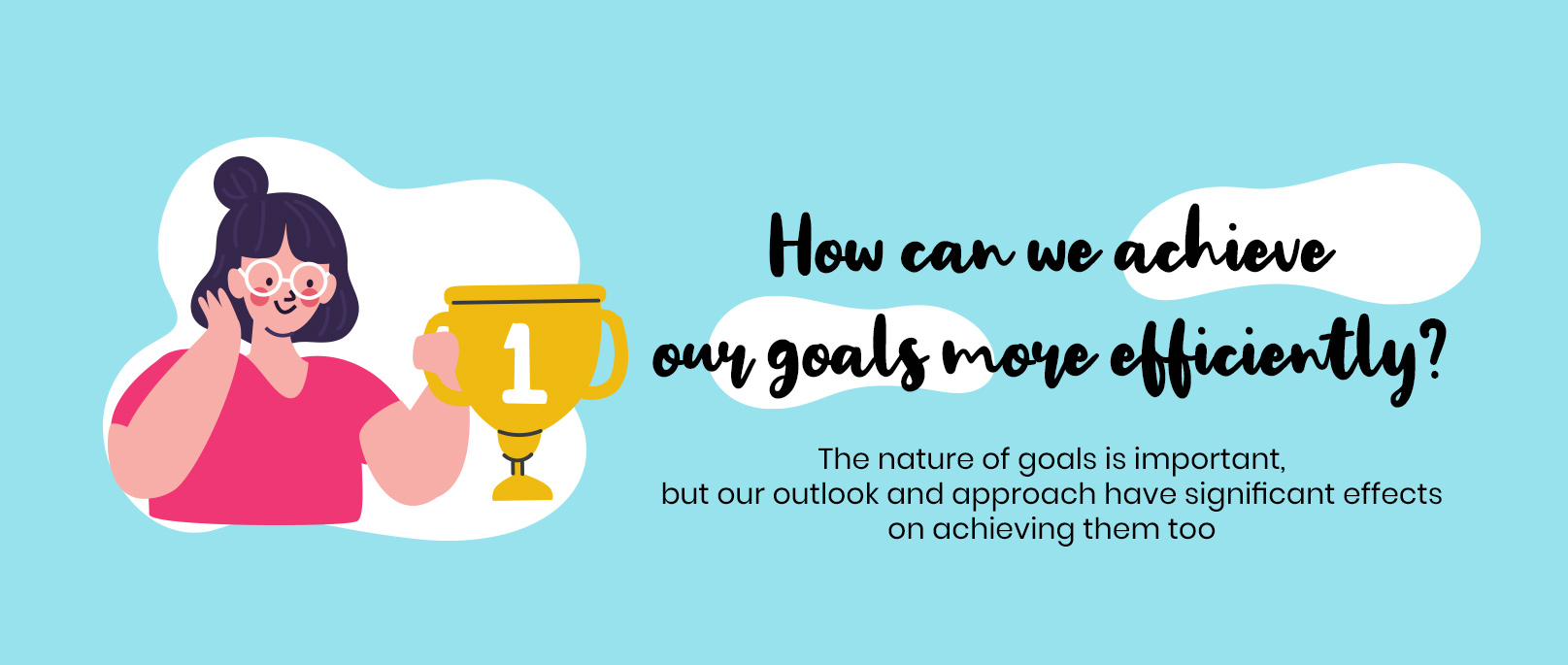
All through our lives, we want different things, and sometimes we set out to get those things. To reach our goals successfully, we follow a partner path:

There are many self-regulatory strategies that help us in our journey through this path. In this article, we learn about 3 experiments that were conducted to see what we can do, on our own, to help ourselves achieve goals more quickly and successfully.
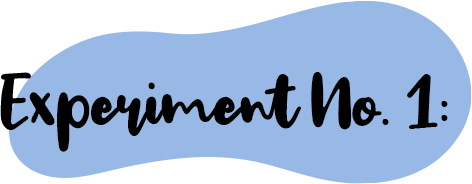
There are 2 ways of thinking about the future:
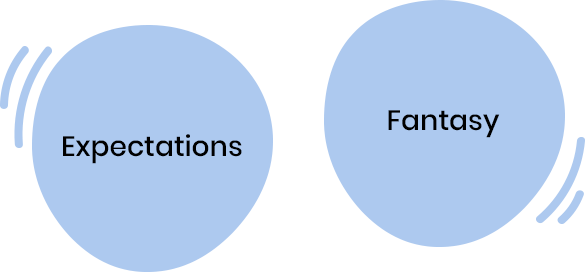
Positive fantasy only: Here we only think about the good things that can happen to us, whether they’re likely or unlikely. We don’t really act on these fantasies to make them real.
Negative reality only: Here we think about our present condition and how we don’t like it. We don’t really act on this reality to replace it with a better one.
Fantasy-Reality: In this one, we contrast the positive fantasy with the negative reality.
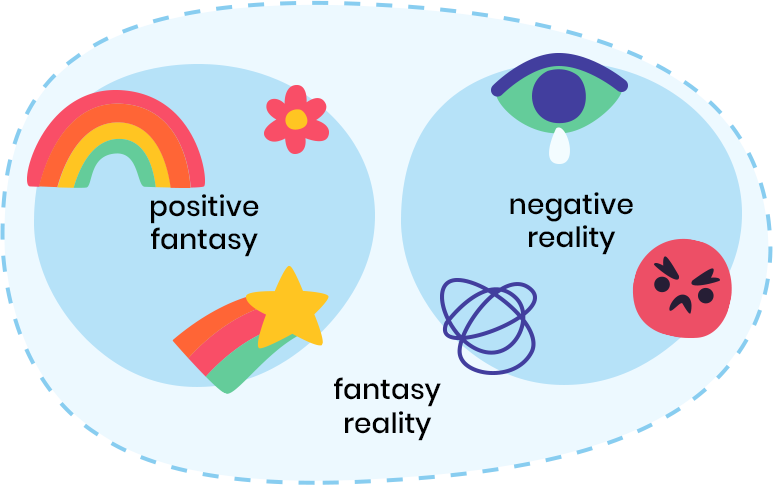
In this experiment, scientists observed schoolchildren to see which one of these 3 ways leads to better goal commitment and achievement.


The 2 groups that focused on fantasy only and reality only situations ended up having moderate goal commitments.
The fantasy-reality group showed high commitment when expectations of success were high, and low commitment when the expectations were low.


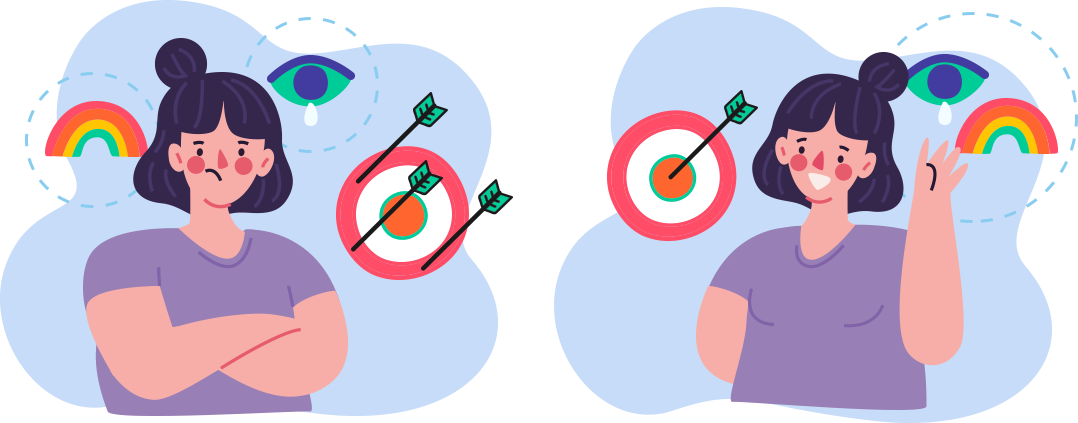
Those in the fantasy-reality group with high expectations achieved the best results.
Those in reality-only and fantasy-only groups showed moderate academic performance, like the ones in fantasy-reality groups with low expectations.
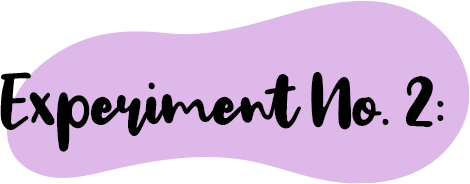
Setting a goal is just the first step. Along the way, we’re going to face some problems that we should solve. To do so, we need to figure out what the best situations for action are.
In this experiment, professionals tried to see the effects of specifying when and where you’re going to start working on your goal.
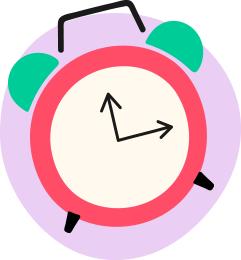

80% of the people who set a time and a place for starting to work on their assigned task performed it.
20% of the people who didn’t set a time and a place for their task performed it.
Thinking about how we’re going to approach our goals is a helpful self-regulatory tool for turning goals into actions.

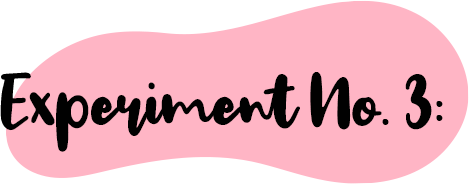
Is it enough to specify the when and where of working on our goals? This last experiment tried to figure this out.

2 groups were assigned a task. One group focused on goal intentions (when) while the other group also focused on an if-then plan. (If a problem appears, then I…)
In both groups, people showed a lot of commitment.
However, those with the if-then plans were more successful in doing their tasks at the times they had chosen to do them.
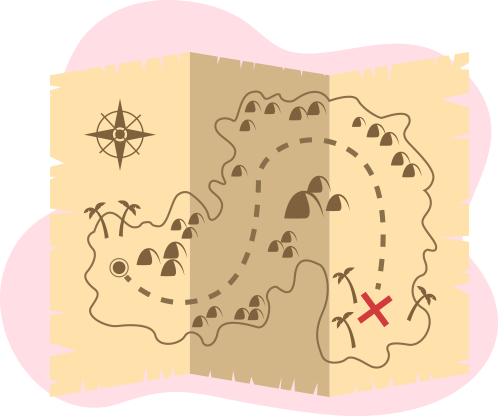
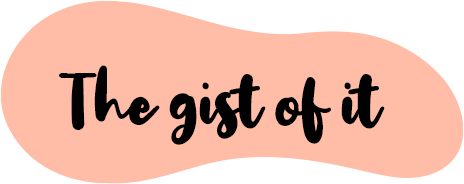
Your Content Goes Hereo Thinking about the future and our goals isn’t enough for us to reach them. How we think about them helps us get closer to self-realization and self-happiness!
Our fantasies should be contrasted with our present reality to make us act towards our ideals.

To maximize motivation, we need to have specific plans for approaching our goals and getting out of problems (Like if-then plans).
This way, we’ll be ready to act towards our goals in any situation!
[product_category category=”19″ per_page=”4″ columns=”4″ orderby=”rand” ]